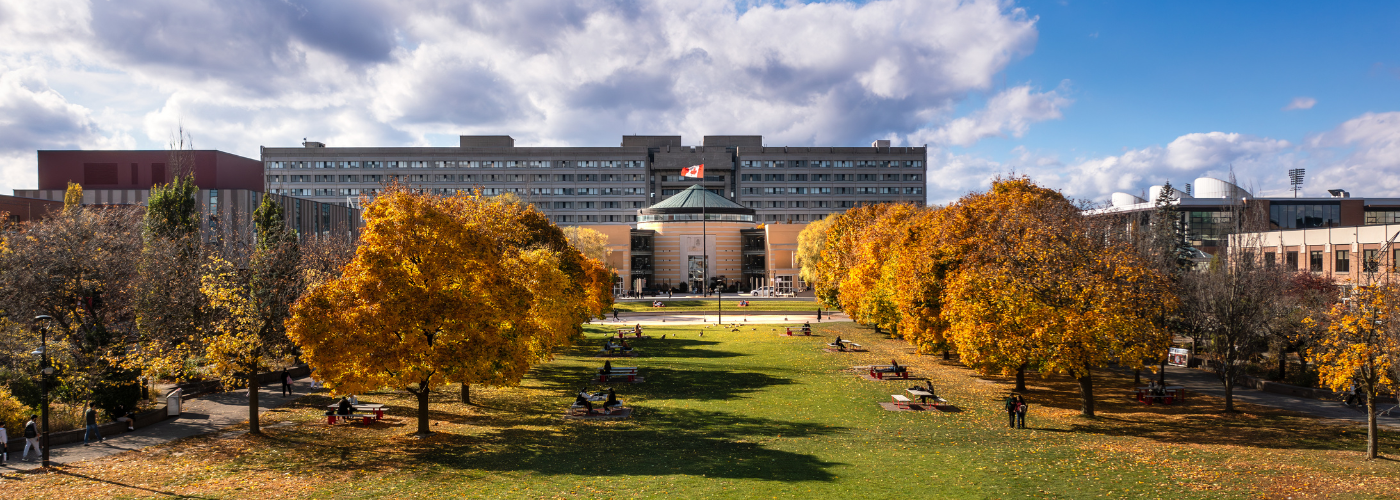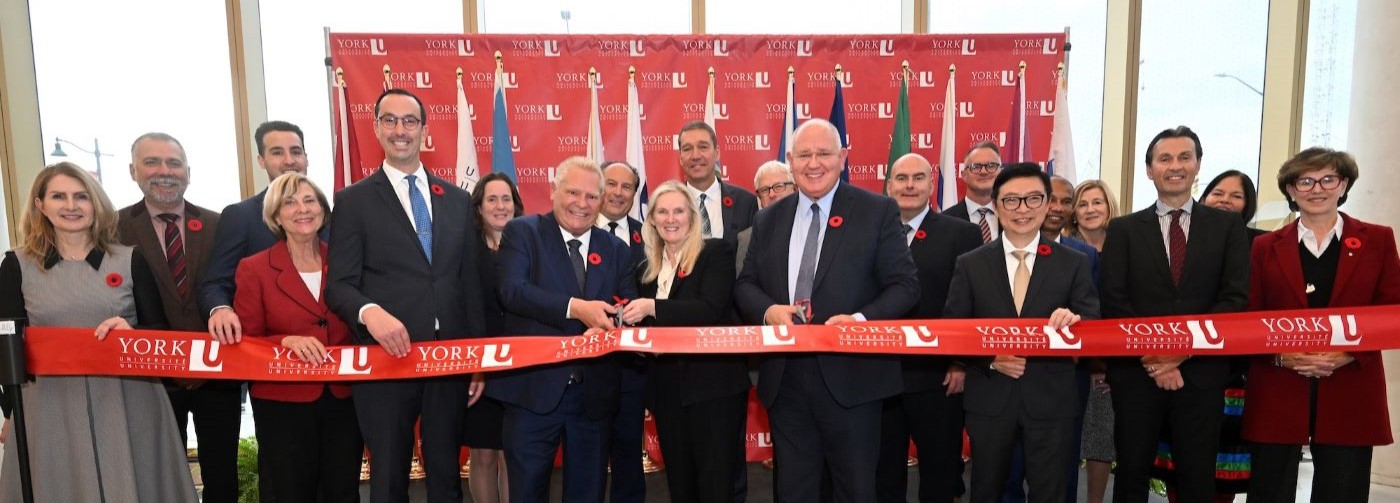Is Barbie a positive feminist icon?
Doll’s designer will speak at York University following film screening
TORONTO, January 17, 2019 – While Barbie is admired by some as a feminist role model reinvented with a variety of skin tones and body types, others still blame the plastic doll for negatively affecting girls’ body image.
This is just the type of debate that led Alison Halsall, assistant professor in York University’s Department of Humanities to organize a film screening and lecture about Barbie. It will be held on Monday, Jan. 21, 2019 from 10:30 a.m. to 1:30 p.m. in the Second Student Centre, in the second-floor conference centre, at York’s Keele campus (see MAP).
Students, faculty and staff will watch the documentary Tiny Shoulders: Rethinking Barbie (directed by Andrea Nevins and released in 2018), which explores the inner workings of the toy giant Mattel during Barbie’s biggest reinvention, and examines the progress and setbacks the Barbie brand has experienced in the fight for gender equality.
Following the film, Halsall will host a conversation with Mattel’s Vice President and Head of Barbie Design, Kim Culmone, who championed the most inclusive Barbie doll line in the brand’s history. Unveiled in 2015, the collection featured a variety of skin tones, hair texture and body types – curvy, tall and petite.
Halsall, who teaches in the Children, Childhood and Youth program in the Faculty of Liberal Arts and Professional Studies, said she invited her first-year class to attend the event because of the importance of understanding how the marketing, brand and creation of Barbie constructed childhoods.
While Halsall played with Barbie as a child, she questions Barbie as a representation of ideal femininity. She believes, however, that the toy helps to provoke essential dialogue about sexism, body image and the idea of young girls being taught that heterosexuality is the norm.
About Kim Culmone:
Kim Culmone serves as Mattel’s Vice President and Head of Barbie Design, a position she has held since 2013. In this role, Culmone sets the global creative vision for the No. 1 girls’ toy property in the world. She and her team are focused on maintaining the brand’s position as a leader in innovation, a reflection of popular culture and a source of inspiration to children around the world.
Culmone started her career at Mattel in 1999 as a designer for Barbie. In 2015, she championed the Barbie Fashionistas collection, the most diverse Barbie doll line in the brand’s history that introduced a variety of skin tones, hair texture and body styles.
In 2016, the introduction of the Barbie Fashionistas generated 5 billion media impressions worldwide. This product reinvention led to a TIME cover and was named one of the Top 25 Inventions of 2016 by the magazine. It also received the coveted Doll of the Year Award from the Toy Industry Association.
About Alison Halsall:
Alison Halsall, an assistant professor of Humanities at York University since 2015, researches topics including gender identity in female protagonists in dystopian fiction. Her specialties are Victorian Studies, Modernisms, Children’s Literature and Adaptation, with particular emphasis on visual cultures, including the study of paintings and illustrations, contemporary film, comics and graphic novels.
Her published journal articles include Let It Grow! The Frozen Franchise and Transmedia Adaptation, which examines the transformations that Disney made to Hans Christian Andersen’s fairy tale in the Frozen franchise to align the story with heteronormative values that define the Disney corporation. Halsall also co-edited a special issue of the International Research in Children’s Literature journal on “Possible & Impossible Children: Children’s Literature and Childhood Studies”, a collection of papers that reflect several theoretical changes that have occurred or are in the process of occurring in the interstices of childhood studies and children’s literature. Currently, she is working on a monograph about world crisis comics for young people and is co-editing the first LGBTQ Comics Criticism Reader.
York University champions new ways of thinking that drive teaching and research excellence. Our students receive the education they need to create big ideas that make an impact on the world. Meaningful and sometimes unexpected careers result from cross-disciplinary programming, innovative course design and diverse experiential learning opportunities. York students and graduates push limits, achieve goals and find solutions to the world’s most pressing social challenges, empowered by a strong community that opens minds. York U is an internationally recognized research university – our 11 faculties and 25 research centres have partnerships with 200+ leading universities worldwide. Located in Toronto, York is the third largest university in Canada, with a strong community of 53,000 students, 7,000 faculty and administrative staff, and more than 300,000 alumni. York U’s fully bilingual Glendon Campus is home to Southern Ontario’s Centre of Excellence for French Language and Bilingual Postsecondary Education.
Media Contact: Vanessa Thompson, York University Media Relations, 416-736-2100 ext. 22097, vthomps@yorku.ca






